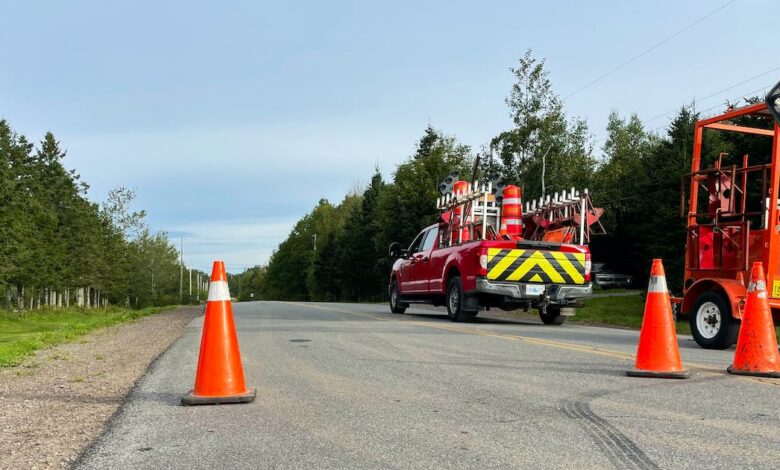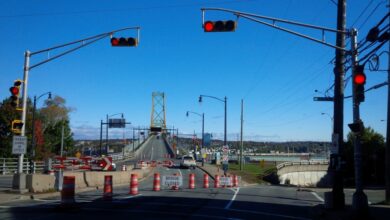Nova Scotia highway fatalities drop to lowest number since 2017

The number of highway fatalities in Nova Scotia last year fell to the lowest number in six years, provincial statistics show.
There were 47 fatal collisions in the province in 2023 that killed 55 people, the lowest since there were 45 crashes and 47 deaths – the fewest on record – in 2017.
In 2022, there were 69 deaths on the province’s roadways.
Lunenburg County recorded the most deaths for the second year in a row, with nine people dying in six crashes. The next highest was six people in six crashes in Halifax County.
Southwestern Nova Scotia accounted for almost half the deaths, with 25 people dying from West Hants and Lunenburg counties through to Yarmouth.
Highways 101 and 1 through the Annapolis Valley, along with Highways 2 and 4, recorded the most fatalities, with three people dying on each.
The worst crash of the year happened on Highway 103 in Lunenburg County June 17, when four people died in a three-vehicle collision. Three people died when two vehicles collided in Fort Lawrence, Cumberland County, on Oct. 21.
Three other crashes in Cape Breton, Pictou and West Hants counties resulted in the deaths of two people each.
RCMP spokesman Const. Dominic Laflamme said lack of seatbelts, distracted driving, speed and impaired driving continue to account for a high number of collisions, and police continue to work on enforcement and education around those factors.
“The safety of drivers and users of the road is a top priority for the RCMP,” he said.
Speed enforcement, checkpoints looking for impaired drivers and other measures have helped reduce the number of people driving unsafely or taken impaired drivers off the road, and those successes may have helped reduce the fatality numbers last year, Laflamme said.
“We’re trying to make sure the roads are as safe as they can be,” he said. “It’s a national priority.”
He said the high number of fatalities in the southwestern part of the province could be partly a result of increasing population and long spans of Highway 101 and 103 that are not yet twinned.
He said that on non-twinned sections, if a car goes out of control for any reason, there is an increased risk that it will collide with a vehicle coming in the opposite direction.
Of the 47 fatal crashes, 21 happened between June and September. Laflamme said that can be attributed to more people on the roads because of weather and tourism.
He said police look for trends not only in the crashes, but in the enforcement numbers and will put more emphasis on those areas where there are more collisions or people being caught for stunting, impaired driving and other infractions.
“Obviously we can’t catch everybody, but we’re doing our best.”



